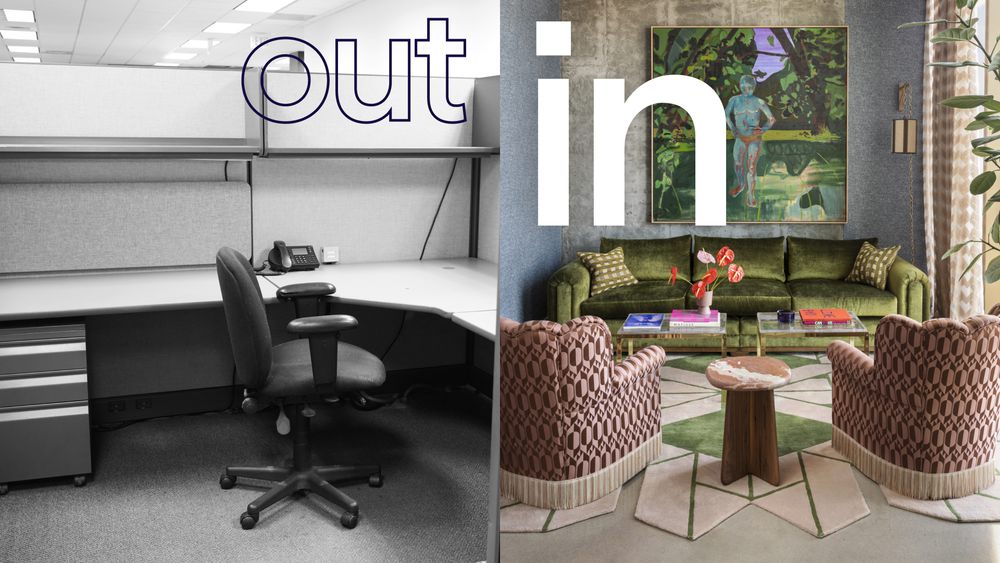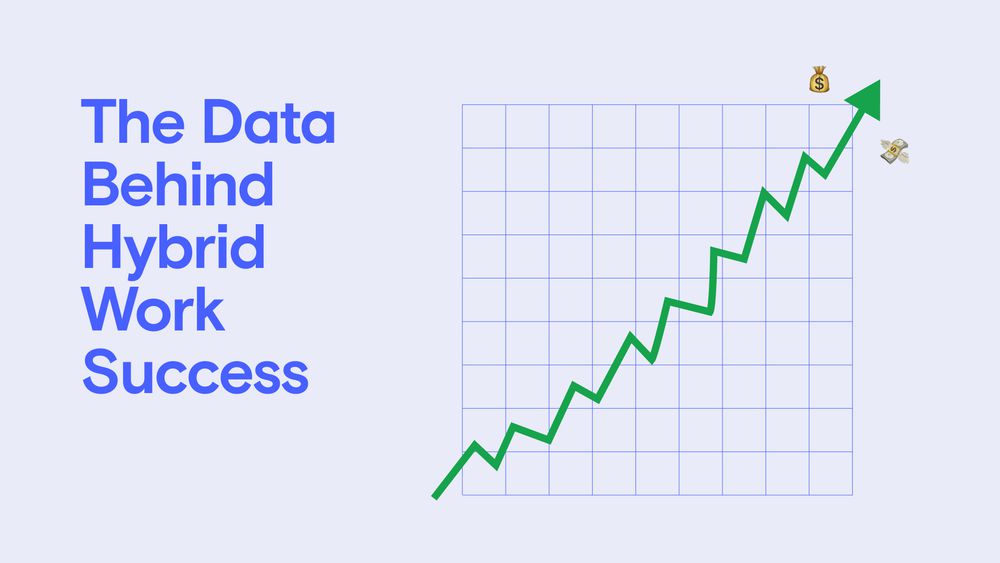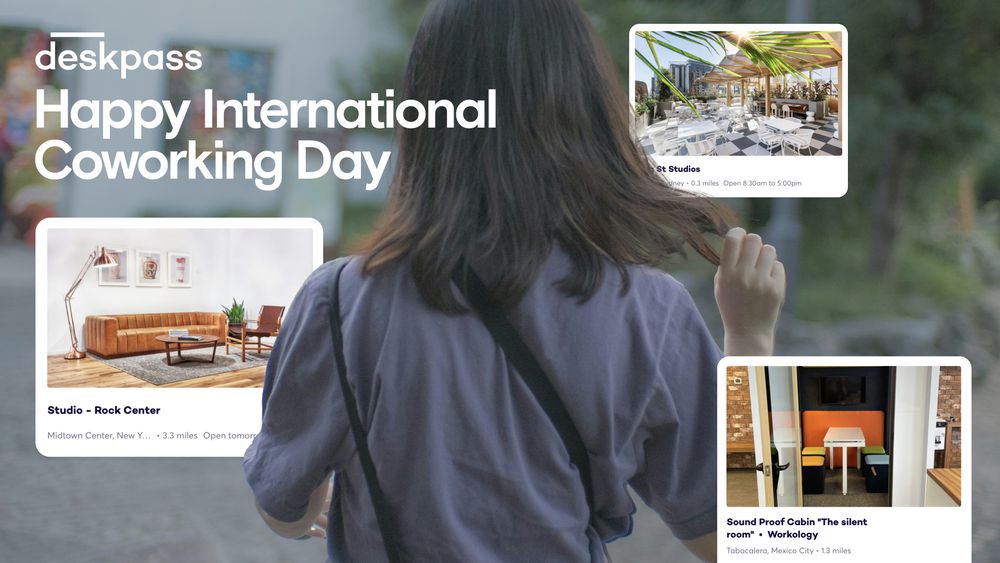The modern workday was—quite literally—born in a factory. The 9-to-5 schedule? That tidy, rigid block of hours? It was designed for industrial-age efficiency, not 21st-century knowledge work. And yet, decades later, many of us still try to cram our wildly unique brains, energy levels, and personal lives into a schedule built for punch clocks and assembly lines.
Thankfully, the rise of the flex workspace is giving us permission to rethink the whole system—and finally design workdays that actually work for us.
Your work doesn’t have a uniform. Why does your schedule?
It’s no wonder we’re exhausted—because the truth is, work isn’t one-size-fits-all, and it never should’ve been. In fact, research from Harvard Business Review confirms that flexible schedules increase both morale and productivity. When people get to work when they work best, good things happen. Creative thinking flows. Focus lasts longer. People stop measuring their value by how many Slack messages they send before 9 a.m.
So—what if your best workday doesn’t look anything like the traditional 9-to-5? What if it starts at 11? Or includes a nap? Or happens across three different locations? It’s time to create your own workday.
First: Know your chronotype (Your body’s natural clock)
Before you can optimize your calendar, you need to understand your internal rhythm. That’s your chronotype—your biological blueprint for when you naturally feel alert and focused vs. foggy. Dr. Michael Breus, aka The Sleep Doctor, breaks this into four types:
Lions (early risers)
Bears (mid-morning powerhouses)
Wolves (evening-focused thinkers)
Dolphins (light sleepers who work best in short bursts)
Not a fan of animal metaphors? The NIH backs this up with data on circadian rhythms and cognitive performance—showing that mental sharpness varies dramatically throughout the day depending on your sleep-wake cycle.
So, if you’ve been beating yourself up for not hitting peak productivity at 8:00 a.m. sharp, it’s not a discipline issue. It’s biology. The fix? Stop fighting it. Start designing your day around it.
Design your workday with intention, not obligation
Here’s the part where we unlearn the hustle narrative:
You don’t need to power through every second of every day.
You don’t need to “earn” your break.
You don’t need to prove your worth by showing up first and leaving last.
Studies from The Atlantic have repeatedly made the case for nonlinear workdays and intentional breaks. Even Cal Newport, author of Deep Work, argues that focused work comes in waves—and pushing through shallow tasks all day only drains your creative reserves.
Need to move your body midmorning? Go for a walk. Feel a creative rush after dinner? Block out 8 to 10 p.m. as your genius window. Need a block of quiet for deep work in a distraction-free space? Designate it. Giving yourself enough time at the right time can transform how you approach your work throughout the day.
Time-blocking isn’t just for type-A planners
You don’t need color-coded calendars or 15-minute increments to make time-blocking work. The idea is simple: assign your energy, not just your hours. This doesn’t mean micromanaging your life—it means grouping similar tasks during windows when you’re naturally good at them.
Mornings full of meetings? Cool. Afternoons for deep solo work? Smart. Midday break to hit the gym or take a nap? Even better. Creators like Tiago Forte and Nir Eyal offer flexible frameworks to make this easy—even for people who recoil at structure. The secret is building a routine that feels supportive, not restrictive. Start by asking:
When do I feel most alert?
When do I need rest or a change of scenery?
What space would support this type of work?
Where you work matters just as much. According to the Gensler U.S. Workplace Survey 2023, environments cue behavior—and the right setting can trigger deep focus, creative thinking, or collaborative flow. Which leads us to a powerful tool in your arsenal: the workspace itself.
How flex workspaces help you customize your day
Let’s say you’re an entrepreneur who loves late starts and bursts of afternoon creativity. Or a freelancer who works in sprints between client calls. Or a remote employee juggling time zones. Traditional office setups weren’t built for this. But Deskpass was.
Deskpass gives you on-demand access to coworking spaces, private offices, meeting rooms, and creative hubs in cities all around the world. No long-term leases. No rigid contracts. Just real spaces that flex when you do.
Need a quiet spot for deep work from 10 to noon? Book a private office. Want to change scenery and brainstorm with a teammate in the afternoon? Drop into a collaborative space. Got a client pitch at 4? Reserve a polished boardroom with the perfect lighting (and hopefully strong espresso).
Deskpass Teams makes this even smoother for companies supporting hybrid work—giving employees access to a network of spaces so they can design the day and environment that works for them. The point is: you’re in control. It’s your schedule and your space—at your pace.
Workday scenarios (Yes, real ones)
Need a little inspiration? Here are a few flexible, real-world routines that show what it looks like when your schedule follows your energy—not the other way around.
The Midday Mover
8:30 a.m. — Leisurely coffee at home.
9:00–11:00 — Deep work at a quiet coworking space.
11:30–1:00 — Walk-and-listen podcast break + lunch.
1:30–4:00 — Client meetings in a reserved private room.
4:30–5:30 — Email clean-up and admin at a cozy desk near home.
The Night Owl Strategist
10:00 a.m. — Light planning and inbox triage from home.
Noon–3:00 p.m. — Research and strategy in a stylish shared space.
3:00–5:00 — Break for errands and a workout.
6:00–9:00 — Creative flow session from a late-night workspace.
The Balance-Seeker
7:00 a.m. — Sunrise journaling and yoga.
9:00–11:00 — Collaborative jam session in an open coworking lounge.
Noon — Lunch with a mentor.
1:00–3:00 — Focused work in a soundproof pod.
3:30–4:00 — Brain dump + shutdown ritual before school pick-up.
Your ideal day might be none of these—or all of them, depending on the season you’re in. And that’s the beauty of designing your own rhythm.
Your best workday is the one you design
Let’s toss out the templates. Forget the glorified 9-to-5 grind. The real win isn’t squeezing more hours out of your day—it’s building a day that supports your focus, your flow, and your actual life. So, audit your current routine. Ask yourself:
When do I feel sharpest?
What parts of my day feel draining or forced?
Where am I most productive, creative, or collaborative?
Then start experimenting. Try changing one thing. Shift one block of time. Try a new workspace. Simply see what happens.
Need help getting started? Use Deskpass to explore flex spaces that move with you. Try something new. It’s time to break the routine and reclaim your day. And when your schedule matches your energy? That’s when work feels a lot less like work.



